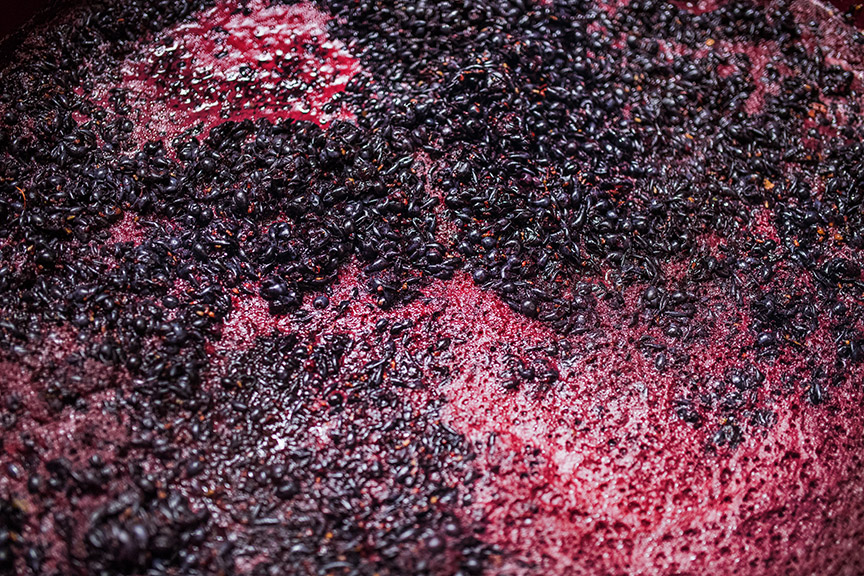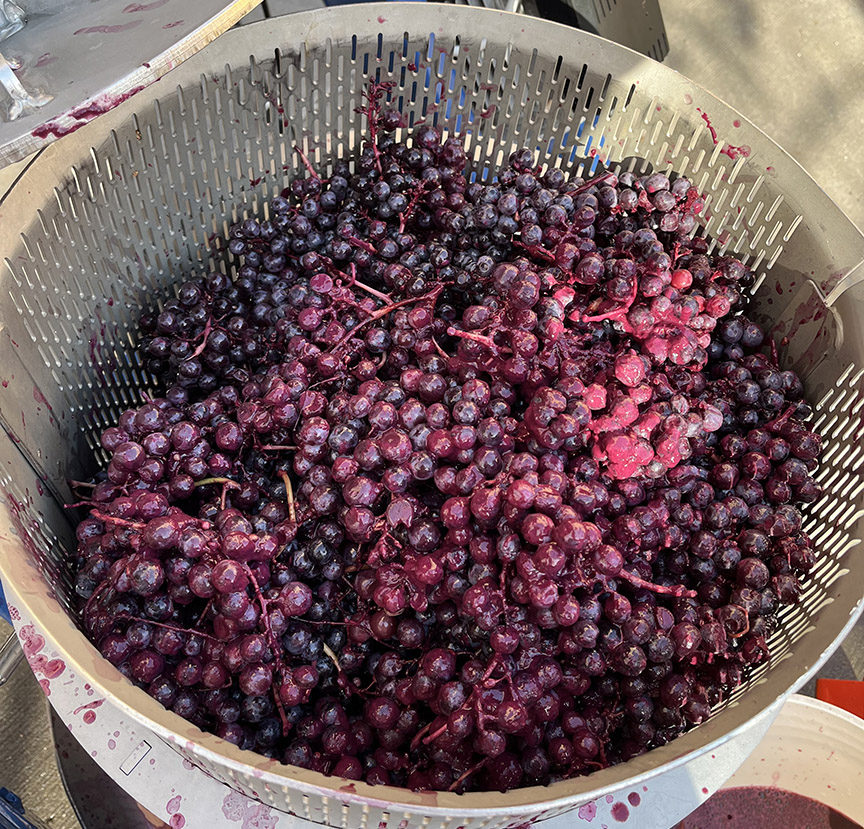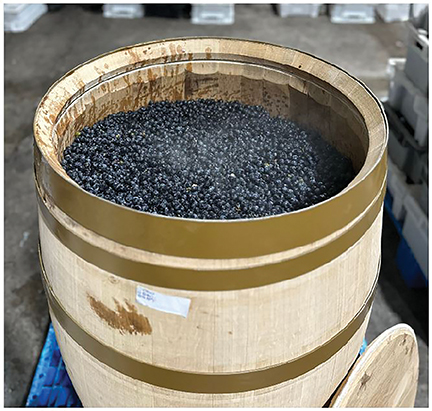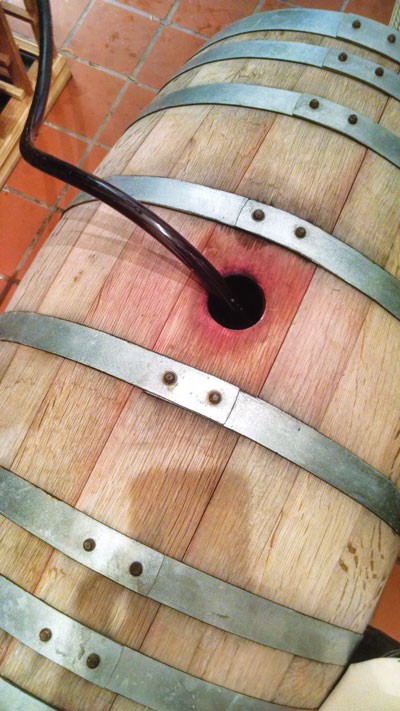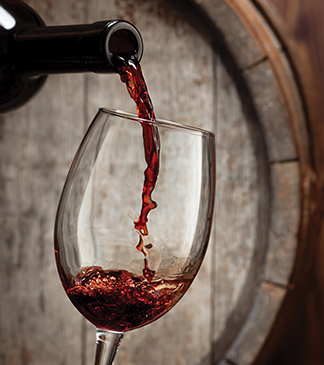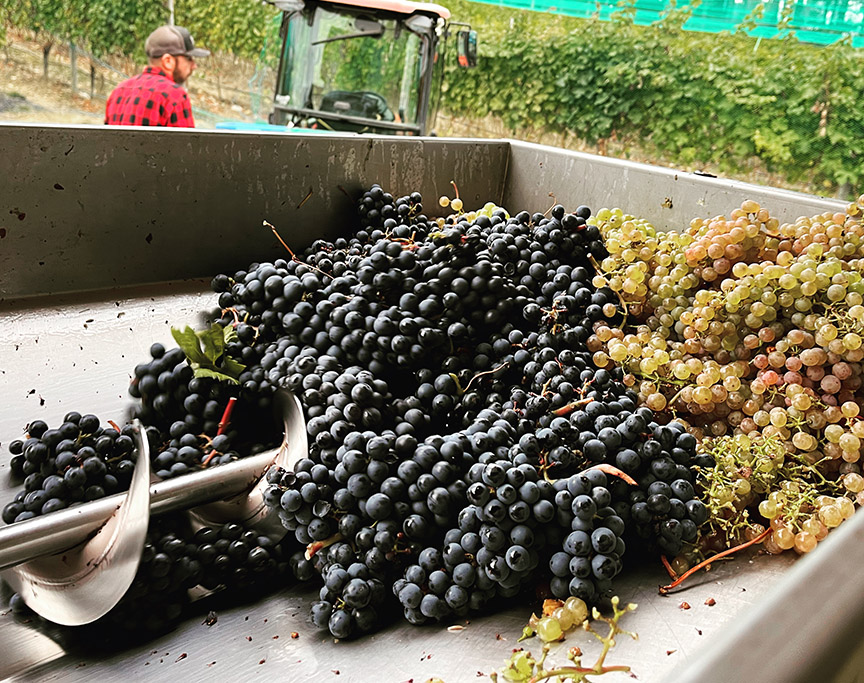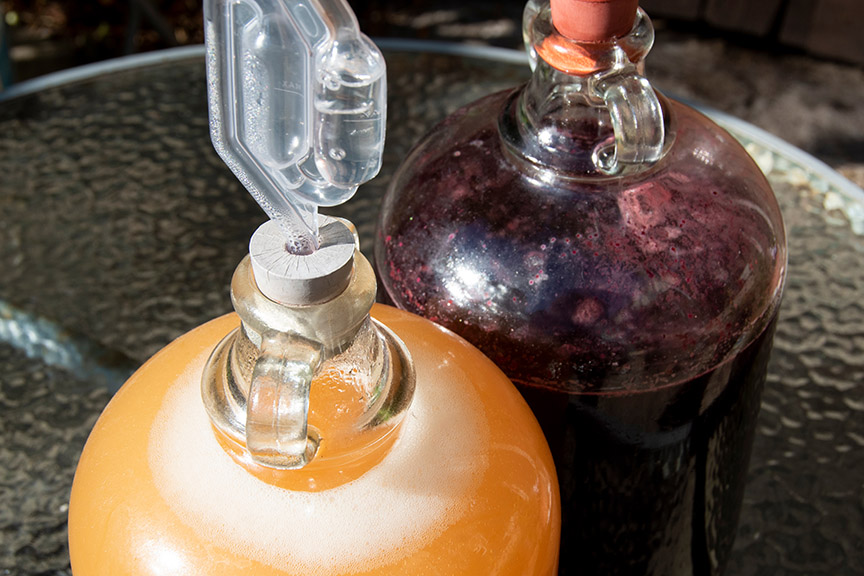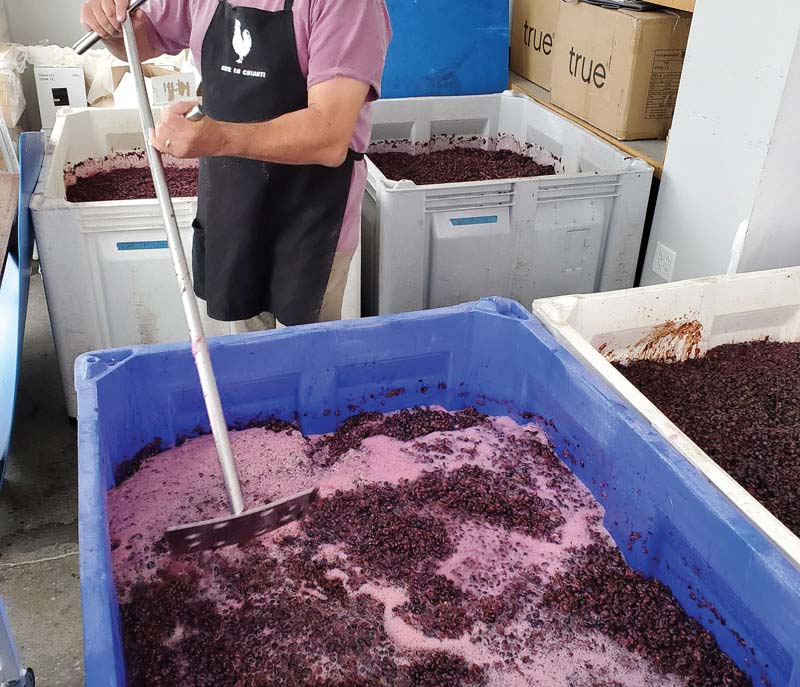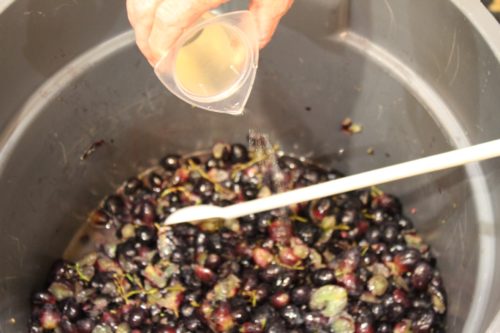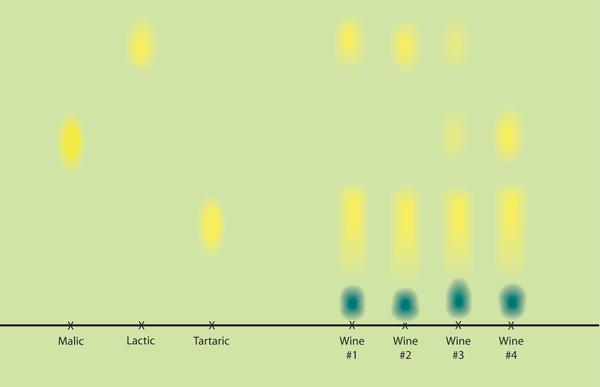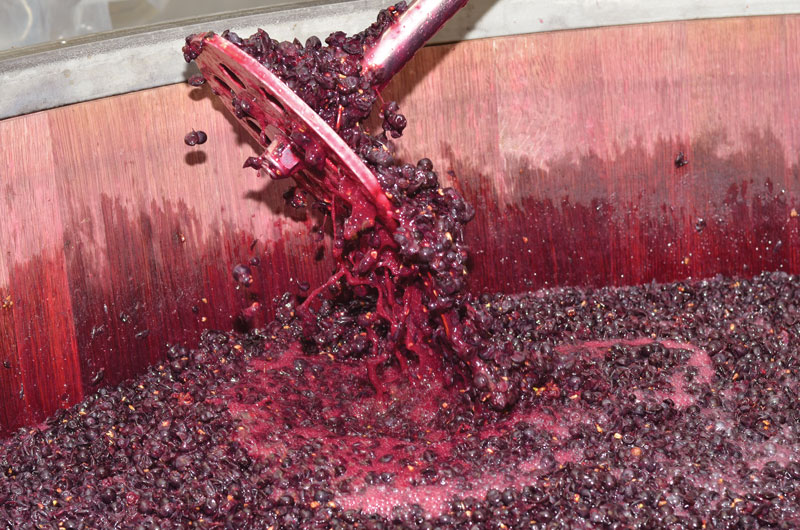Topic: Fermentation
Determining when wine is “dry”
I definitely think you should wait for the fermentation to complete and then rack and add sulfur dioxide. I doubt you’ll have to add any sorbate to protect against a re-start fermentation
Fermentation On the Mind
While the yeast technically does all the work, a winemaker has a lot of influence in the success of their fermentations. Understanding best practices — from rehydrating dry yeast and measured nutrient additions — as well as options like co-inoculation and using non-Saccharomyces yeasts are important tools to influence the final outcome of your wine.
MLF Test Strips
You are right, at WineMaker magazine we typically don’t want to advertise one product over another. That being said, we are always open to new advances and products that help our readers.
When to Add an Airlock
Kaboom! Nobody likes an exploding carboy! “Fermentation happens,” as one of my professors at UC-Davis always used to say. Sounds like the perfect home winemaking meme to me (or t-shirt). As wine
Monitoring Malolactic
MLF is a bit confusing for some because it’s called a “fermentation” but it’s certainly not as active, visible, smellable, and in your face as your primary sugar-to-alcohol fermentation. MLF happens when
Whole Cluster Fermentation
Whole cluster fermentation — fermenting grapes without crushing and destemming them first — is a technique that has been around for ages. Let’s take a deep dive into the benefits of this technique, what the research says, and whether you may want to consider whole cluster fermentation at home.
Barrel Fermentations
Barrel aging typically begins after alcoholic fermentation is complete, however, you don’t have to wait until your wine is dry to start getting the benefits of oak. Learn about the advantages of fermenting in a barrel and ways it can be done at home.
Whole Cluster Fermentation Tips
Two pros share why they prefer whole cluster fermentations for certain varieties, the impact it has, and considerations home winemakers should make if they plan to forgo the crush.
Tips For a Successful Malolactic Fermentation
I’m glad you’re using an ML nutrient (Opti’Malo Plus™ — made by Lallemand and sold through various outlets like Scott Labs and many home winemaking stores), which makes for the most predictable
Tips For a Complete Fermentation
I’m sorry to hear about your fermentation troubles! Indeed, it’s one of the most important aspects of winemaking to master since sluggish and incomplete fermentations can ruin a batch. Here are some
Handling Stuck Fermentations
While a stalled out fermentation can be a hassle, there are plenty of preventative measures we can take to preclude it from happening. Also, we should know the various tactics to treat it when a stuck fermentation does rear its ugly head.
Finishing Wines With a Secondary Fermentation
Most red and some white wines are put through a secondary malolactic fermentation (MLF). The process converts malic acid to lactic acid, which smooths out harsh flavors while adding a richness on the palate, as well as contributing to the stability and aging potential of the wine. Learn when a wine should go through MLF, how to do it, and ways to test for it.
Co-Fermentation: Tips from the Pros
Wine blends are most often created after fermenting each variety
separately. However, that isn’t the only way to do it. Some wine-makers choose to co-ferment certain varieties together, believing this approach adds to the complexity of the resulting wine. Get tips on co-fermentation from three pros who endorse the benefits.
Keys to Successful Fermentations
No two fermentations are the same, which means that there is always more to be learned with each one! Give your yeast the best chance for success by creating an ideal environment for a clean fermentation.
A Nitro Boost: Nitrogen’s role in primary fermentation
Wine was made for millennia with little intervention from humans. But let’s be honest, we have no idea how those wines tasted. Today we know that yeast create the wine and keeping them happy is crucial for producing good wine. Learn how nitrogen plays a pivotal role.
Troubleshooting Malolactic Fermentation
Well, it’s tough to say what would make one cloudy and the other clear, except for the fact that they may not have been identical coming from your fermenters. If you did
Non-Conventional Yeast: Tailor-made solutions for new challenges
Many of us in winemaking were trained to trust Saccharomyces yeast and not leave our wines to chance with wild strains. But winds of change are in the air and yeast companies are now turning to many non-Saccharomyces yeasts for certain purposes.
Finding A Vinegar Storage Space
You got a chuckle out of me. Indeed, how dare you introduce vinegar to your wines! I’m actually very happy that you’re writing so you can learn how not to introduce vinegar
Judging Fermentation Completion
It certainly sounds like you are getting into the dryness zone. Specific gravity is the ratio of the density of a liquid in relation to the density of water, calibrated at a
Effects Of Using Killer Yeast In My Winery?
I’m glad that you are attuned to your yeast and realize that some strains are “killer factor positive” and one is “sensitive.” I really wish that the yeast industry had come up
The Alcohols
Ethanol may be the most prominent and well-known alcohol in wine, but it is not the only one to play a large role in a wine’s character. Learn about the various alcohols in wine.
Maceration Enzymes: Making the most of these additions
There are a lot of enzyme products available to winemakers, but in general they can be broken into just a few classes. Learn when and why a winemaker might use some of these various enzymes, especially during maceration.
Achieving Cold Stable Wines
For those readers who are not familiar with the article referenced, I talk about how it was likely a reader’s malolactic fermentation would pick back up again when the weather warmed up
The ABC’s of MLF
If you make your own wine, no matter what kind, the concept of malolactic fermentation (MLF) should be well embedded in your mind. Learn some of the basics of MLF.
Properly Measuring Wine Cap Temperature
That is a great question and I’m really glad you asked. Sometimes when those of us who have been making wines for quite some time write about some technique, process, or concept
